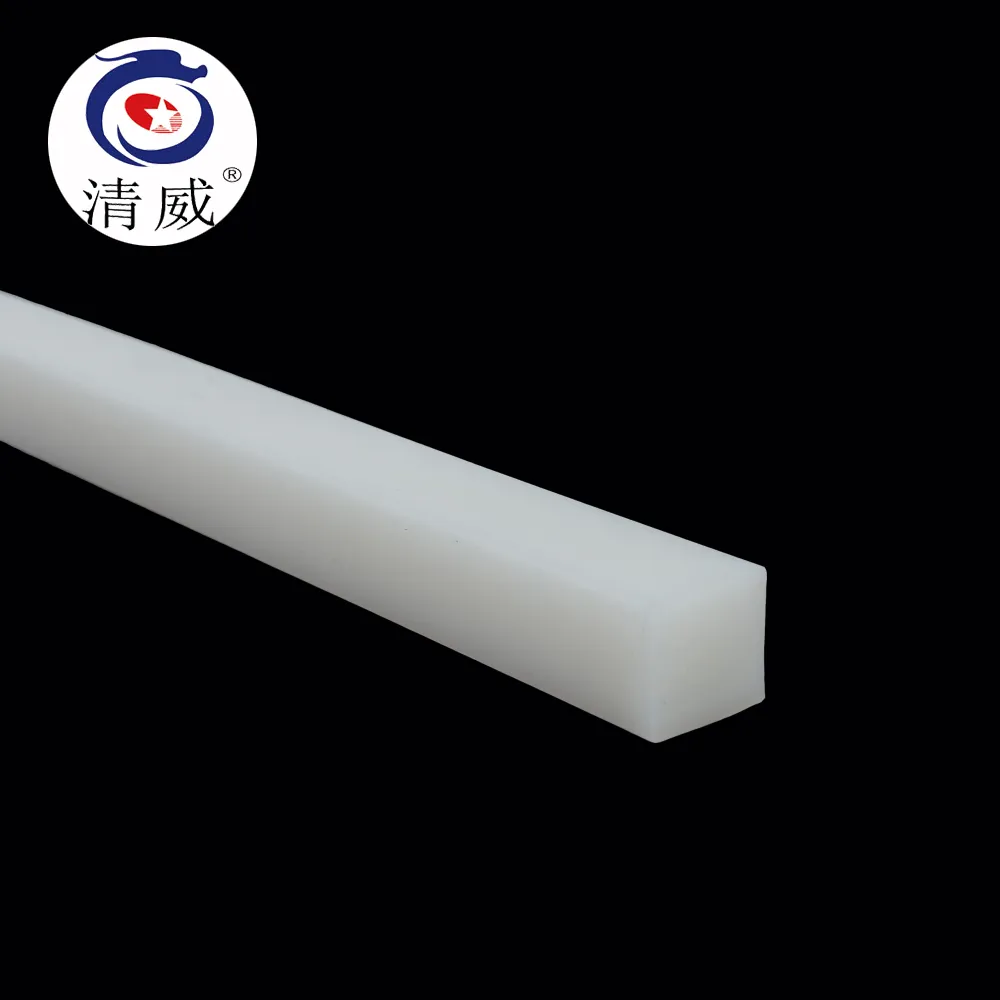Addressing Seal Cracks Beneath Doors for Improved Energy Efficiency and Comfort
Dealing with a Seal Crack Under Your Door Solutions and Insights
A seal crack under your door can be a persistent nuisance, often leading to discomfort within your home. Whether it’s the cold draft of winter, the hot air of summer, or unwanted pests trying to invade your space, understanding the implications of a small gap beneath your door is crucial. This article aims to explore the causes, consequences, and potential solutions for those frustrating seal cracks.
Understanding the Cause
Seal cracks typically occur due to the natural settling of the house, wear and tear, or improper installation of doors. Over time, even the sturdiest doors can warp or sag slightly, creating gaps that compromise energy efficiency and security. Additionally, seasonal changes contribute to these issues; humidity can cause wooden doors to swell, while cold weather can lead to contraction.
The Consequences
Leaving a seal crack unchecked can lead to various problems. Firstly, energy efficiency suffers significantly; conditioned air escapes while outdoor elements infiltrate your home, forcing your heating or cooling system to work harder. This can lead to increased energy bills.
Secondly, pests find seal cracks appealing, as they serve as gateways for insects and rodents. Such infestations can pose health risks and lead to further damage within your home. Lastly, moisture can enter through these cracks, promoting mold growth and compromising indoor air quality, which can adversely affect your health.
Solutions to Seal Cracks
Fortunately, there are several effective solutions to address seal cracks under doors. Here are a few methods to restore comfort and security to your living space
seal crack under door

1. Weatherstripping One of the simplest and most effective solutions is applying weatherstripping. This self-adhesive material can be installed along the bottom of the door or on the door frame, providing an excellent barrier against drafts, moisture, and pests.
2. Door Sweeps A door sweep is another efficient solution. It consists of a long strip, typically made of rubber or bristle, that attaches to the bottom of the door. This sweep effectively seals the gap and keeps out drafts, bugs, and moisture.
3. Thresholds and Bottom Rails For larger gaps, consider replacing or adjusting the door threshold—the strip at the bottom of the door frame—or adding additional bottom rails. These modifications can help further minimize the gap and improve overall insulation.
4. Adjusting the Door Sometimes, the door might simply need adjustment. Screws can be tightened or loosened to raise or lower the door in its frame, thus closing any gaps that have formed over time.
5. Professional Help In cases where significant warping or structural damage is present, it may be best to consult a professional. A door specialist can assess the situation and recommend the best course of action, ensuring a proper fix.
Conclusion
Handling a seal crack under your door doesn’t have to be a daunting task. Understanding the cause and consequences allows homeowners to take preventative measures quickly. By employing practical solutions such as weatherstripping, door sweeps, and possible adjustments, one can maintain a comfortable and secure living environment.
Ultimately, prompt attention to these cracks not only enhances energy efficiency but also preserves the integrity of your home. So, if you notice a seal crack under your door, take action before it leads to more significant issues down the line—the comfort of your home depends on it.
-
Under Door Draught Stopper: Essential ProtectionNewsJul.31,2025
-
Garage Door Seal and Weatherstrips for ProtectionNewsJul.31,2025
-
Edge Banding Tape for Perfect EdgesNewsJul.31,2025
-
Table Corner Guards and Wall Corner ProtectorsNewsJul.31,2025
-
Stair Nose Edging Trim and Tile Stair SolutionsNewsJul.31,2025
-
Truck Bed Rubber Mats for Pickup BedsNewsJul.31,2025
-
Window Weather Stripping for Noise ReductionNewsJul.29,2025